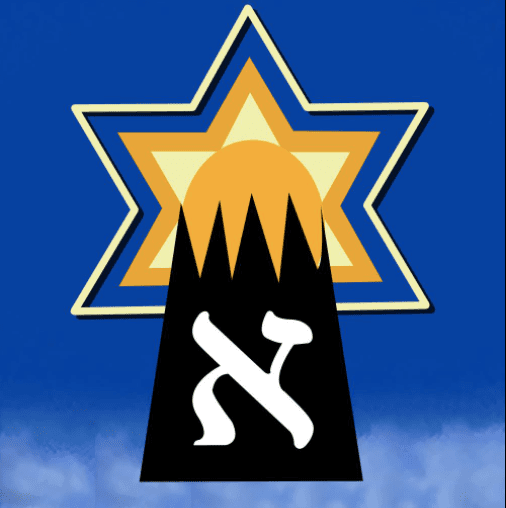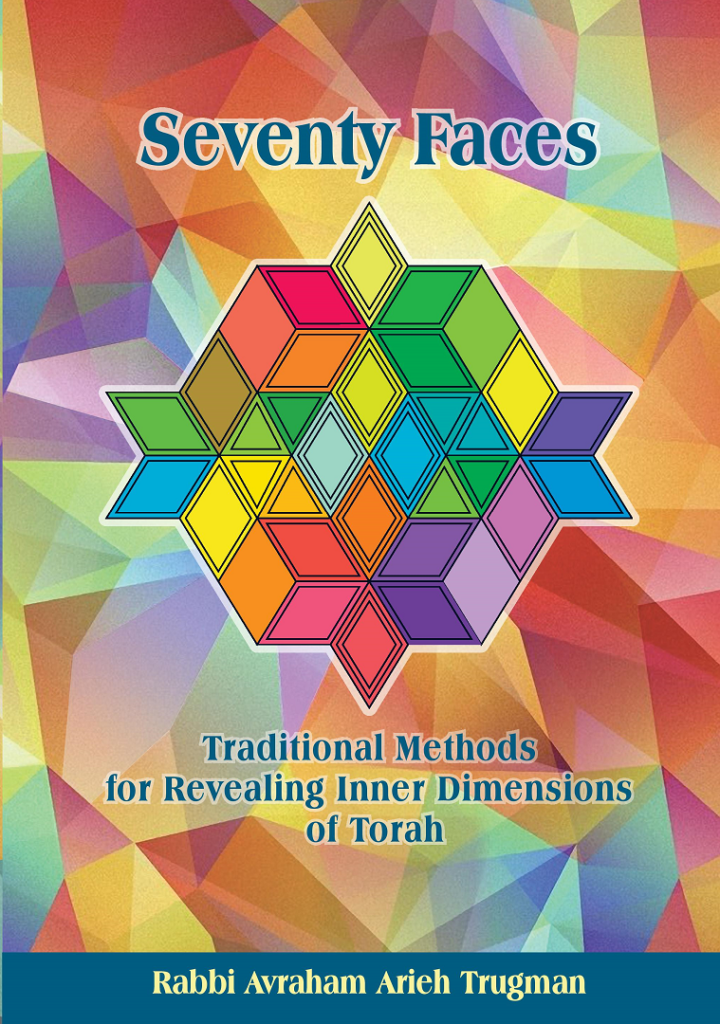Traditional Methods for Revealing Inner Dimensions of Torah
Hardback – 705 pages
Over the ages, various interpretive methodologies have been employed to reveal the deep and profound teachings of the Torah, ranging from the literal to the mystical. These methods and the insights they yield impact every aspect of Jewish life including practical law, custom, tradition and world-view. SEVENTY FACES: Traditional Methods for Revealing Inner Dimensions of Torah is a truly unique work that brings together, in a highly organized and accessible manner, over eight hundred fascinating explanations based on seventy different textual methodologies developed and used by the Sages, Rabbis and Jewish mystics for thousands of years.
DONATE AT LEAST $32
RECEIVE SEVENTY FACES
YOU CAN ORDER HERE A PDF VERSION BY DONATING $12.
Important: Please make sure to include your mailing address by leaving a note in the PayPal order form!
(Orders outside Israel & USA please add $18 (including Canada); Australia, New Zealand, the Far East and South America please add $25)



